Green deserts: a final frontier for forest carbon?
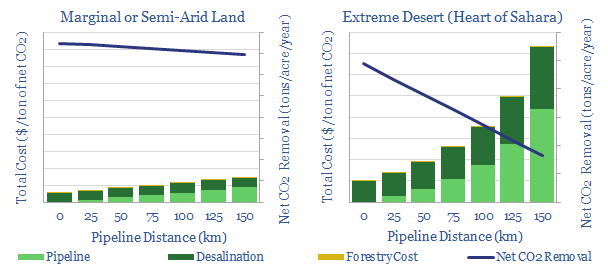
…be sufficient in semi-arid climates, while the best economics of all use waste water from oil and gas, such as in the Permian basin. $339.00 – Purchase Checkout Added to cart The…

…be sufficient in semi-arid climates, while the best economics of all use waste water from oil and gas, such as in the Permian basin. $339.00 – Purchase Checkout Added to cart The…
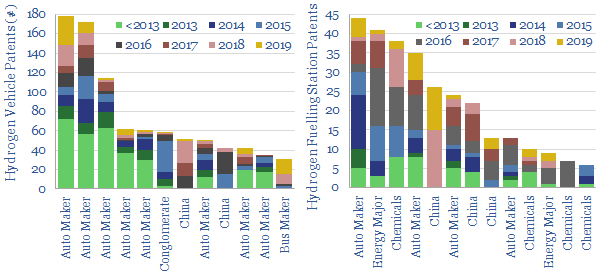
…gas companies, Energy Majors and hydrogen specialists; each with a different focus. Overall, reading the patents indicates the array of challenges into hydrogen that need to be solved in order…
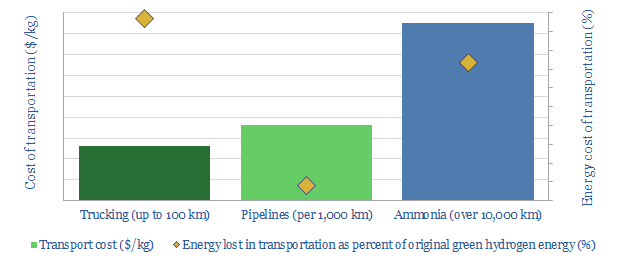
…pipelines and chemical hydrogen carriers (e.g., ammonia). Midstream costs will be 2-10x higher than comparable gas value chains, while up to 50% of hydrogen’s embedded energy may be lost in…
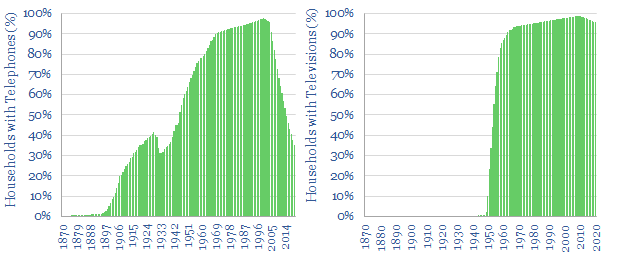
…transition database. Covered technologies include electricity, gas heating, stoves, running water, flush toilets, automobiles, fridges, dishwashers, air conditioners, radio, wired cable, televisions, VCRs, microwaves, home computers, fixed-line telephones, cell-phones, internet…
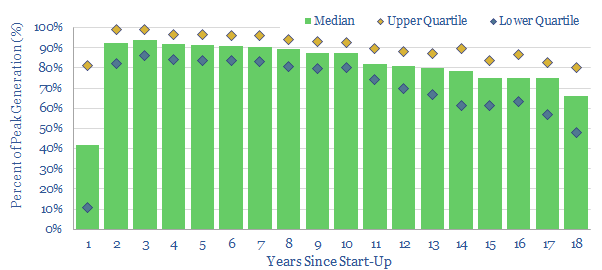
…not dissimilar from well-managed oil and gas fields; some projects may suffer 2% lower IRRs versus forecasts if they have not factored in declines; and declines will also become more…
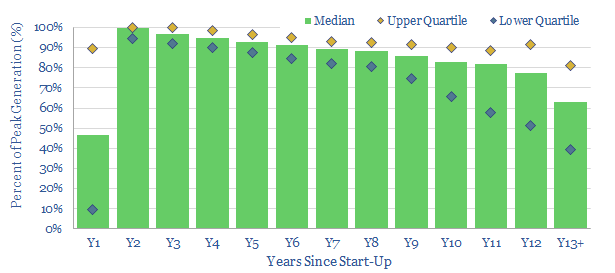
…tab explores the consequences. US solar generation profiles are not dissimilar from well-managed oil and gas fields; some projects may suffer 4% lower IRRs versus forecasts if they have not…
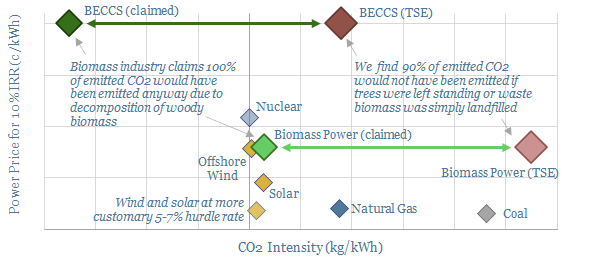
…this question on 15-17, arguing that biomass energy and BEECS, properly considered, both have a higher CO2 intensity than gas. Conclusions and implications are presented on pages 18, including bridges…
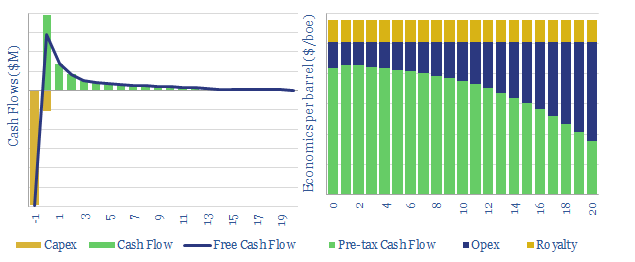
…flex input assumptions in the ‘NPV’ and ‘CostBuildUp’ tabs of the model, in order to assess economic consequences. For a similar model of shale gas, please see our model here….
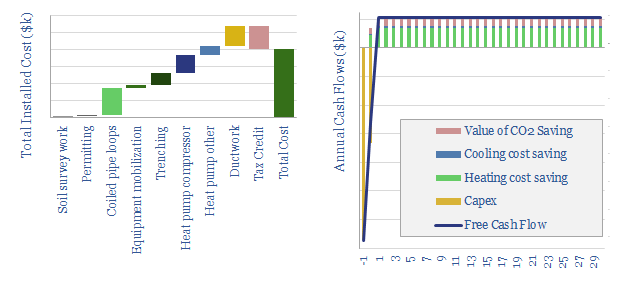
…be stress-tested, flexing annual heating/cooling demands, coefficients of performance, as well as oil, gas, power and CO2 prices, to see how heat pump economics vary. Also included are a granular…
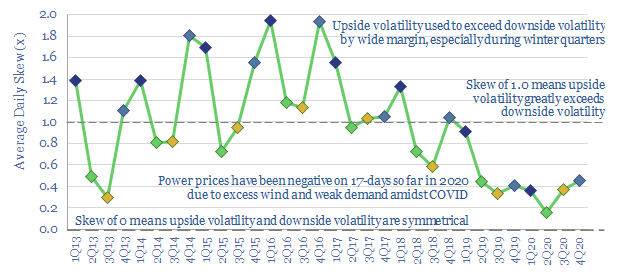
…hour-by-hour data from 2020. EV charging and smart energy systems screen as the best new opportunities. Gas-fired backups also remain crucial to ensure grid stability. The outlook for grid-scale batteries…